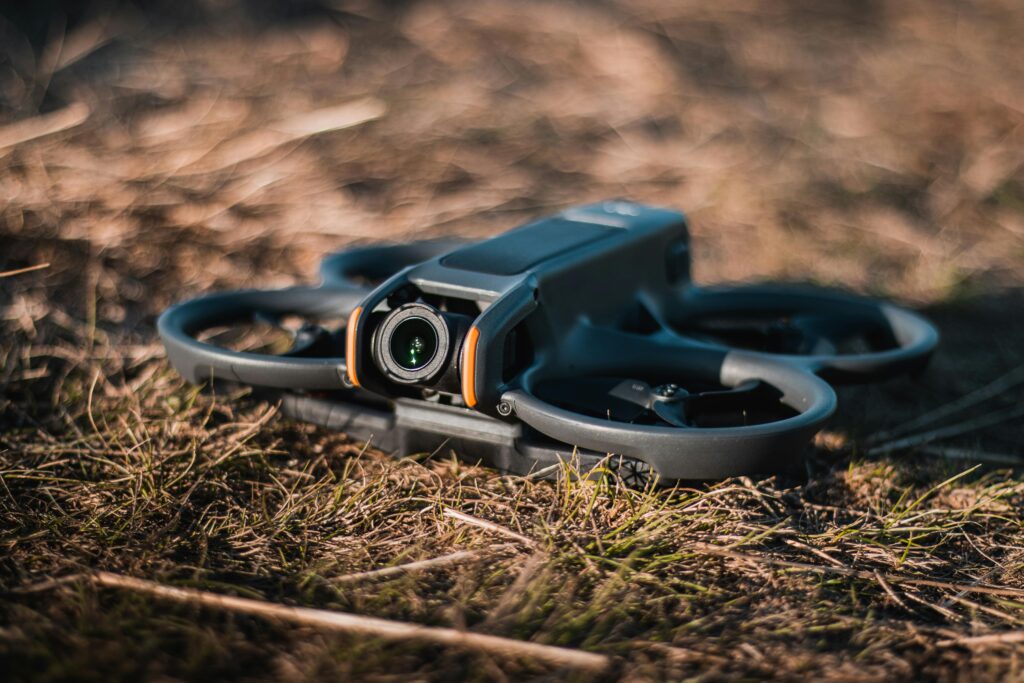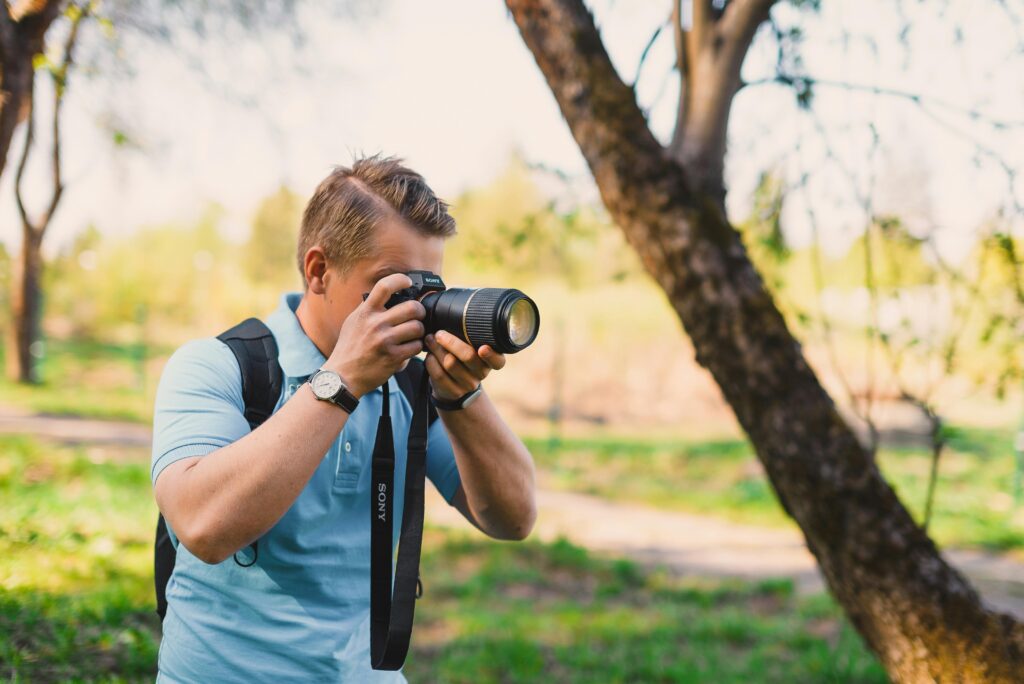Table of Contents
Finding the Best camera for nature photography can be both exciting and challenging. It doesn’t matter if you’re a beginner or a pro. The camera you pick can greatly affect the quality and beauty of your photos. There are many cameras out there, from Sony, Nikon, and Canon to rugged, compact ones perfect for hiking and camping.

When looking for the Best camera for nature photography, think about several things. Consider the image quality, features, and the lenses and accessories you’ll need. Today, there are many advanced cameras for nature photography. You can capture stunning mountains, peaceful lakes, or the amazing behavior of wild animals.
Considerations for Selecting a Camera for Landscape Photography
Choosing the right camera is key to capturing nature’s beauty. For landscape photography, several important factors should be considered. This ensures you have the best tool for the job.
Resolution and Megapixels
Resolution, measured in megapixels, is vital for landscape photographers. Cameras like the Sony α7 IV (33MP), Fujifilm X-T5 (40.2MP), and Canon EOS 90D (32.5MP) offer more detail. This means you can crop images more without losing quality and print them in high resolution.
While megapixels are not the only thing, they are important. They greatly impact the resolution and image capture experience for landscape photography.
Image Capture Experience and Ergonomics
The image capture experience and ergonomics of the camera are also key. An excellent electronic viewfinder, easy controls, and a comfortable grip make a big difference. Cameras with features like automatic focus stacking and AI-tracking are also great for landscape photography.
By considering these factors, you can find the perfect camera. It will help you capture the stunning natural beauty around you.
“The camera is just a tool, but it’s the eye behind it that makes the real difference.” – Steve McCurry

Best Camera Systems for Nature Photography
Choosing the Best camera for nature photography is key for capturing nature’s beauty. Sony, Nikon, and Canon offer top-notch options for nature and landscape photographers.
Sony Recommendations and Loadouts
The Sony A7R5 is a top choice for landscape photography. It has a reticulating LCD, fast processing, in-camera focus stacking, and 61-megapixel resolution. Pair it with the Sony 12-24mm f/2.8 and 24-70mm f/2.8 GM II lenses for amazing wide-angle and mid-range shots.
Nikon and Canon Systems
Nikon’s Z8 and Canon’s EOS R5 are also great for nature and landscape photography. They have high-resolution sensors, advanced autofocus, and wide lens options. These are perfect for nature photography cameras and landscape photography cameras.
“The Nikon Z6III is highlighted as the best nature photography camera in 2024, with good value for money compared to other high-end cameras.”
The Nikon Z6III stands out for its low-light performance, improved autofocus, and weather-sealing. It’s a top pick for nature photography cameras and landscape photography cameras.

When picking a camera system for nature and landscape photography, think about resolution, image quality, and lens options. Choose what fits your needs and style best.
Best camera for nature photography
Lens Ecosystem and Weight Considerations
Choosing the Best camera for nature photography and landscape photography involves considering the lens ecosystem and weight. Sony lenses are more compact and light, which is great for backpackers. Nikon and Canon offer a wide range of lenses for different shooting needs.
The Sony A7R5 has 62 megapixels, while the Nikon Z8 and Canon EOS R5 have 45.7 and 45 megapixels, respectively. The Sony setup costs $10,392, Nikon is $9,688, and Canon is $8,497. Sony’s kit weighs 8 lbs., Nikon’s is 7.96 lbs., and Canon’s is 7.74 lbs.
For a light backpacking kit, the total weight can be as low as 4.9 lbs. Photographers should think about the lens ecosystem. Common lenses for landscape photography include wide-angle, mid-range zoom, and telephoto zoom. Additional lenses like the Sony 12-24mm f/2.8, Sony 24-105mm f/4, and Sony FE 100-400mm f/4.5-5.6 can also be useful.

The best camera for nature photography balances image quality, features, and portability. The lens ecosystem and weight of the kit are key when choosing the right landscape photography cameras.
Choosing the Right Lenses for Nature Photography
Choosing the right lenses is key to capturing nature’s beauty. From wide-angle landscapes to close-up wildlife shots, the right lens can change your photos.
Wide Angle Lenses
Wide-angle lenses are great for big landscapes. They range from 10-24mm on crop sensors and 16-35mm on full frames. These lenses let you show off the vastness of nature, perfect for mountains, fields, and seascapes.
Telephoto Zoom Lenses
Telephoto zoom lenses are best for wildlife and close-up nature shots. They let you get up close to birds, deer, and flowers. Lenses like the Sony FE 70-200mm f/2.8 G Master OSS II or the Nikon NIKKOR Z 70-200mm f/2.8 S capture details with clarity.
When picking lenses, think about weight, image quality, and how they fit with your camera system. Macro lenses are also great for capturing small details with sharpness and magnification.
The best lens for you is the one that meets your needs and tells nature’s stories through your eyes.

“The true nature of a lens is not in its focal length, but in its ability to capture the essence of a moment.”
Maximizing Camera Performance in Different Lighting Conditions
To take amazing nature and landscape photos, you need to know how light affects your camera. It’s key to adjust your camera settings for the best results, no matter the light. This ensures your photos stay vibrant and clear.
ISO sensitivity is a big deal. High ISOs can make your photos noisy. So, try to keep ISO below 400. This helps keep your photos detailed and full of color, even when it’s hard to light them right.
- Play with shutter speeds to catch motion well. For wildlife, use fast speeds like 1/1000s to freeze moments. For landscapes, slower speeds can make water or clouds move.
- Choosing the right aperture is also key. Wide apertures like f/2.8 or f/4 are great for focusing on your subject. Narrower apertures, like f/11 or f/16, are better for landscapes where you want more in focus.
Use Aperture Priority or Shutter Priority modes to control key settings. Or, for full control, switch to Manual Exposure mode. This lets you adjust ISO, aperture, and shutter speed as you like.
“Bulb (B) mode is great for long exposures, like lightning shots. It adds creative options to nature photography.”
Remember to use Exposure Compensation, Auto-Exposure Bracketing, and Exposure Lock to tweak your settings. This helps you get the perfect shot, no matter the lighting conditions. With practice, you’ll get better at nature photography and landscape photography in any light.
Sensor Sizes: Choosing Between 1/2.3-inch and 1-inch Sensors
The size of your camera’s sensor greatly affects your photos, whether you’re into nature or landscape shots. The 1/2.3-inch and 1-inch sensors have their own benefits and things to think about for photographers.
The 1/2.3-inch sensor is common in small cameras and many smartphones, like the iPhone 11. It’s great because it’s small and easy to carry. But, it doesn’t do well in dark places, which is a big problem for outdoor photography.
The 1-inch sensor, found in some small cameras, offers better image quality. It’s about four times bigger than the 1/2.3-inch sensor. This means it can grab more light, leading to clearer, less noisy photos, even in the dark. This is why the 1-inch sensor is better for those who want top-notch photos. But, these cameras are usually pricier than those with 1/2.3-inch sensors.





This comprehensive guide offers valuable insights on choosing the ideal camera and lenses for nature photography. It highlights key factors like resolution, image quality, and lighting conditions while emphasizing the importance of finding the right balance for optimal results. Overall, it serves as an excellent resource for photographers looking to elevate their skills in capturing stunning natural beauty.
Thank you for your thoughtful feedback! I’m thrilled to hear that you found the guide valuable and insightful. It’s great to know that the tips on cameras and lenses resonated with you. I hope it helps you capture even more stunning shots of nature. Keep exploring and refining your photography skills!